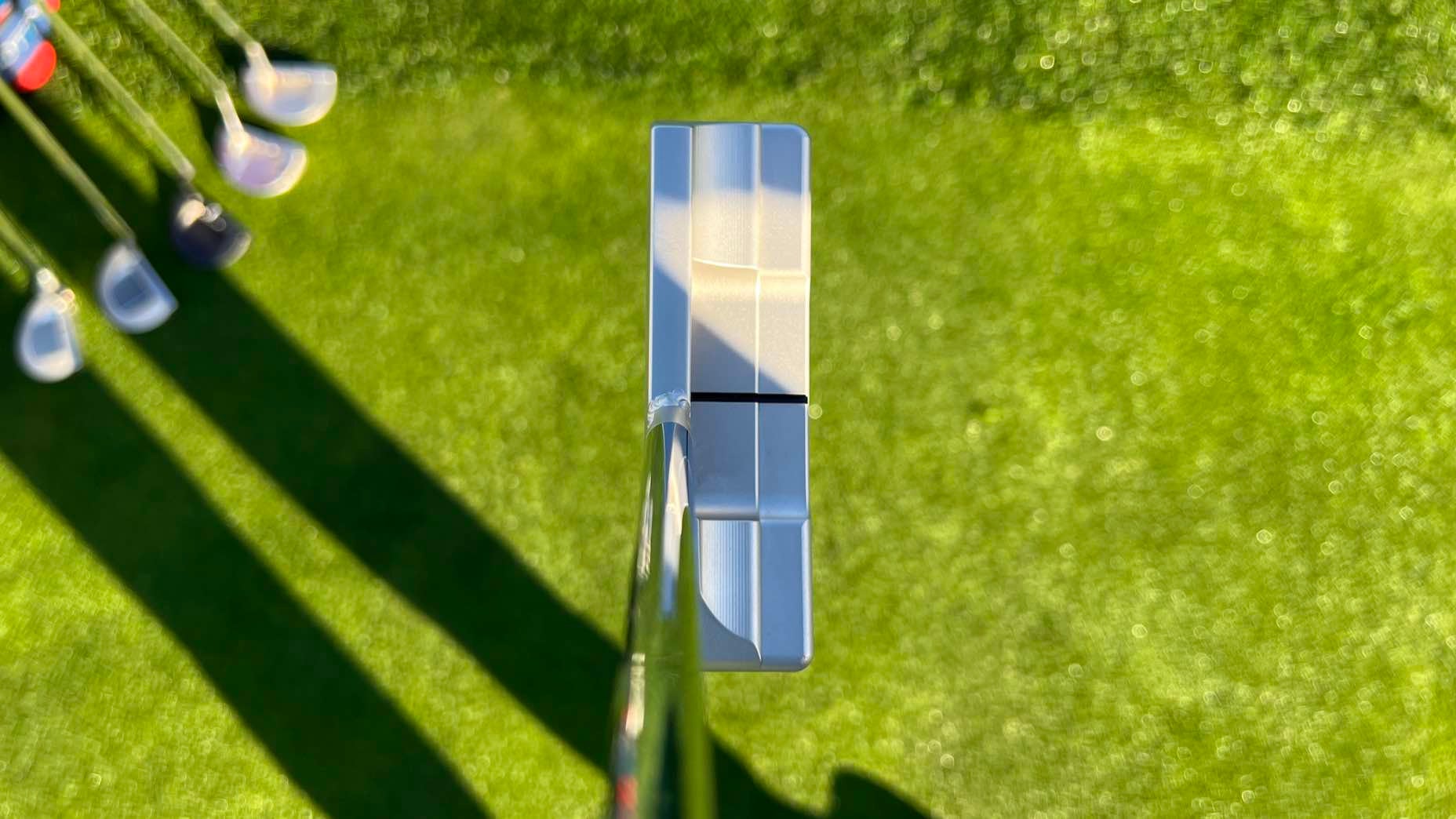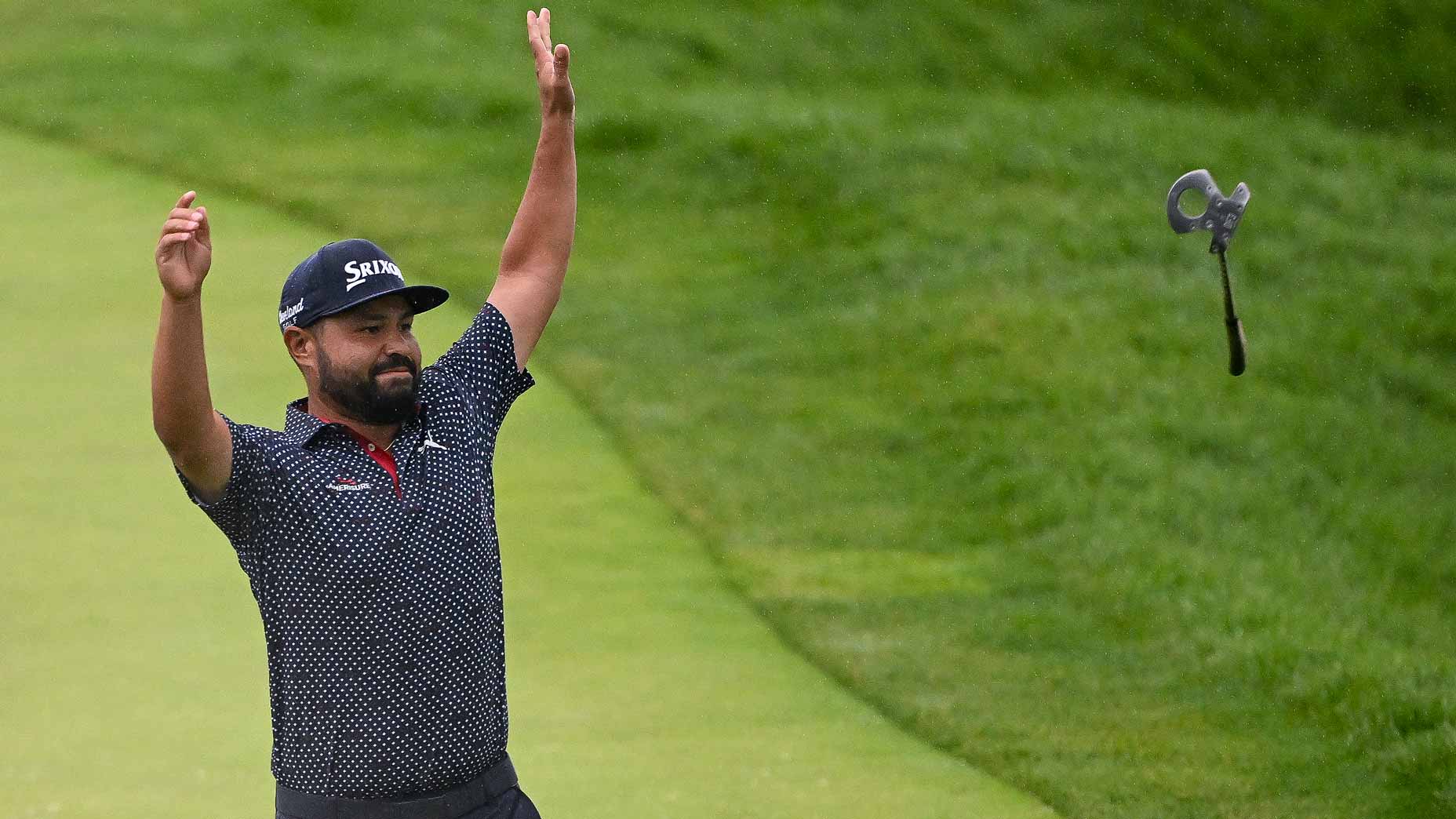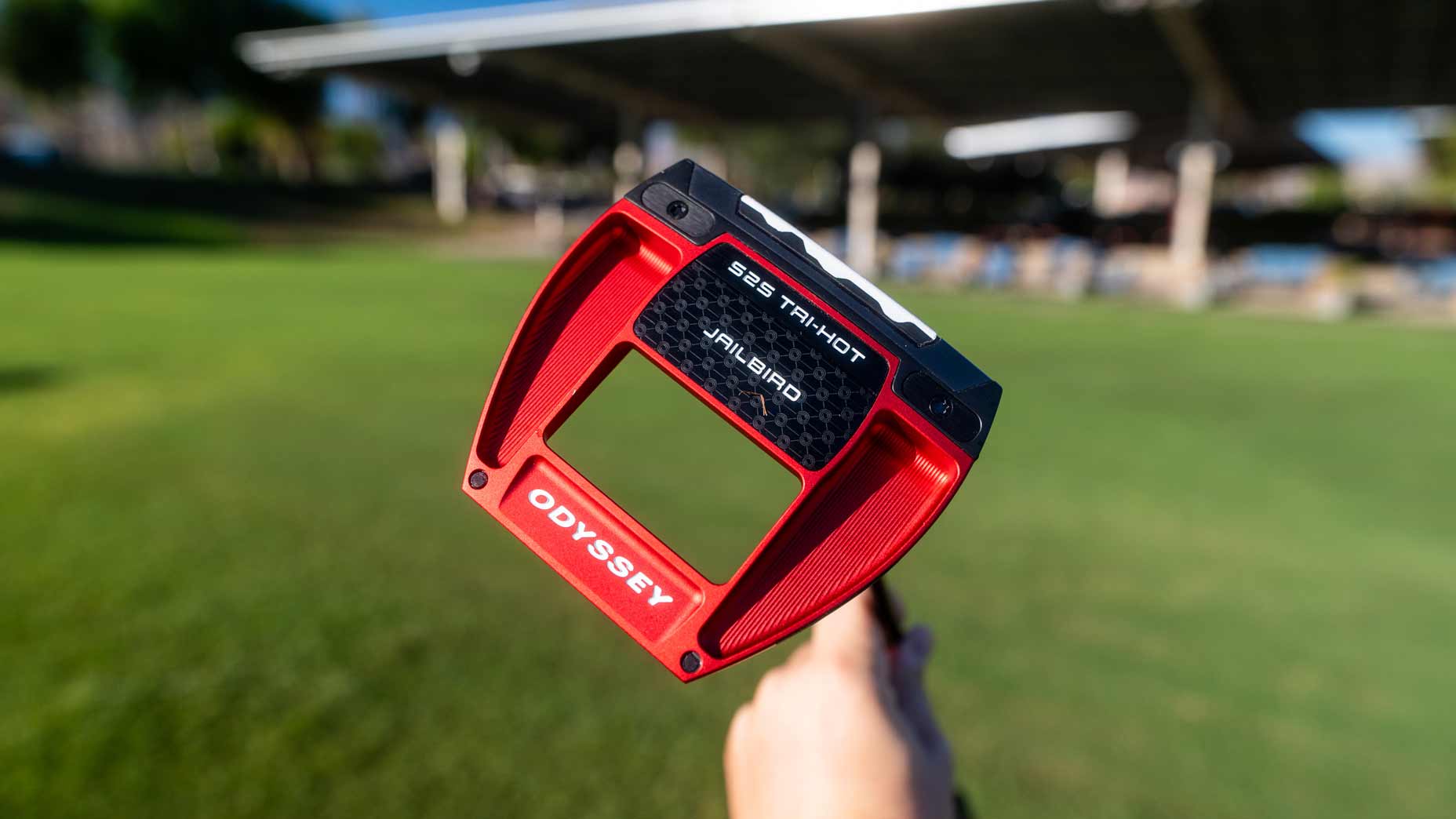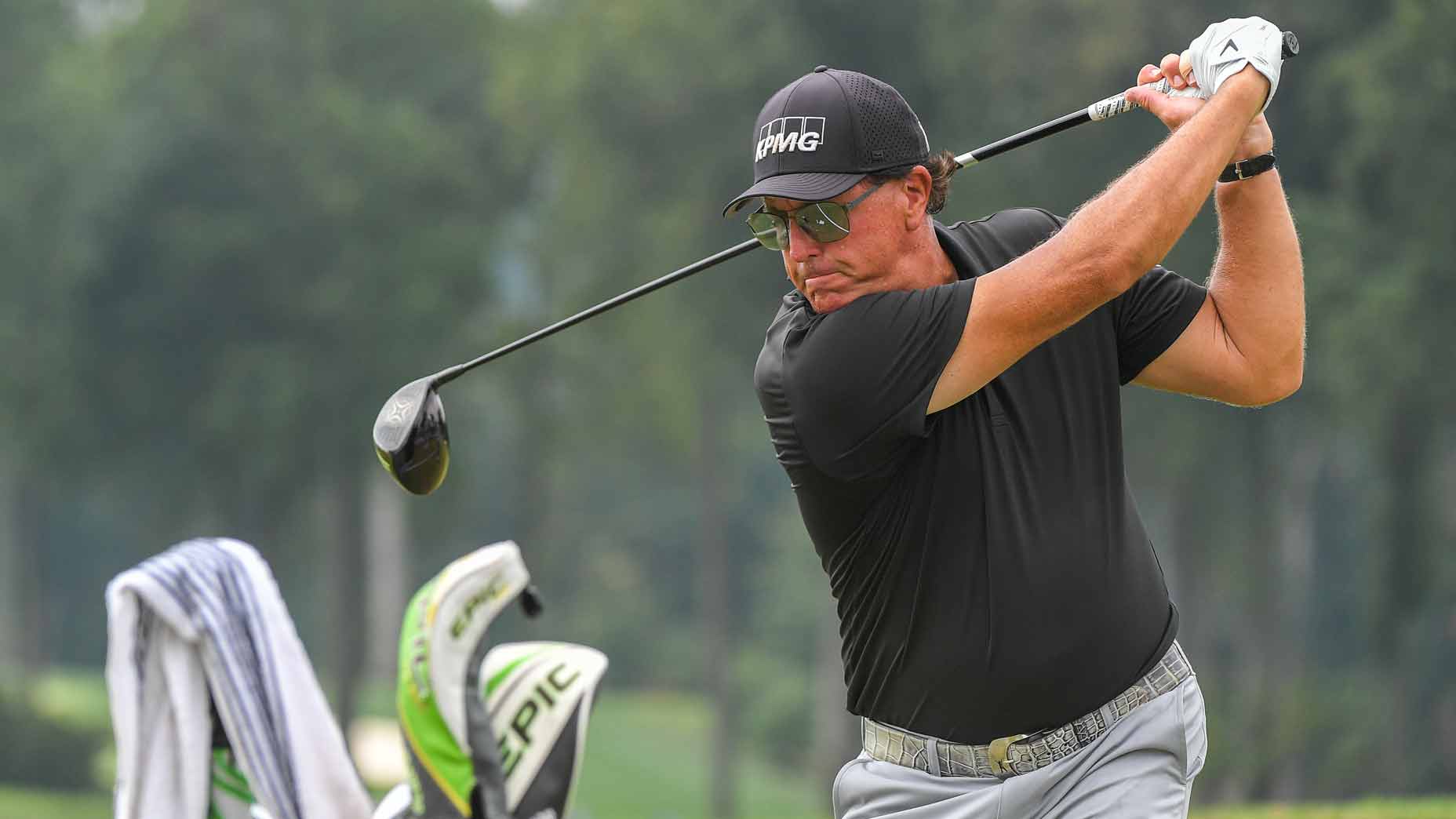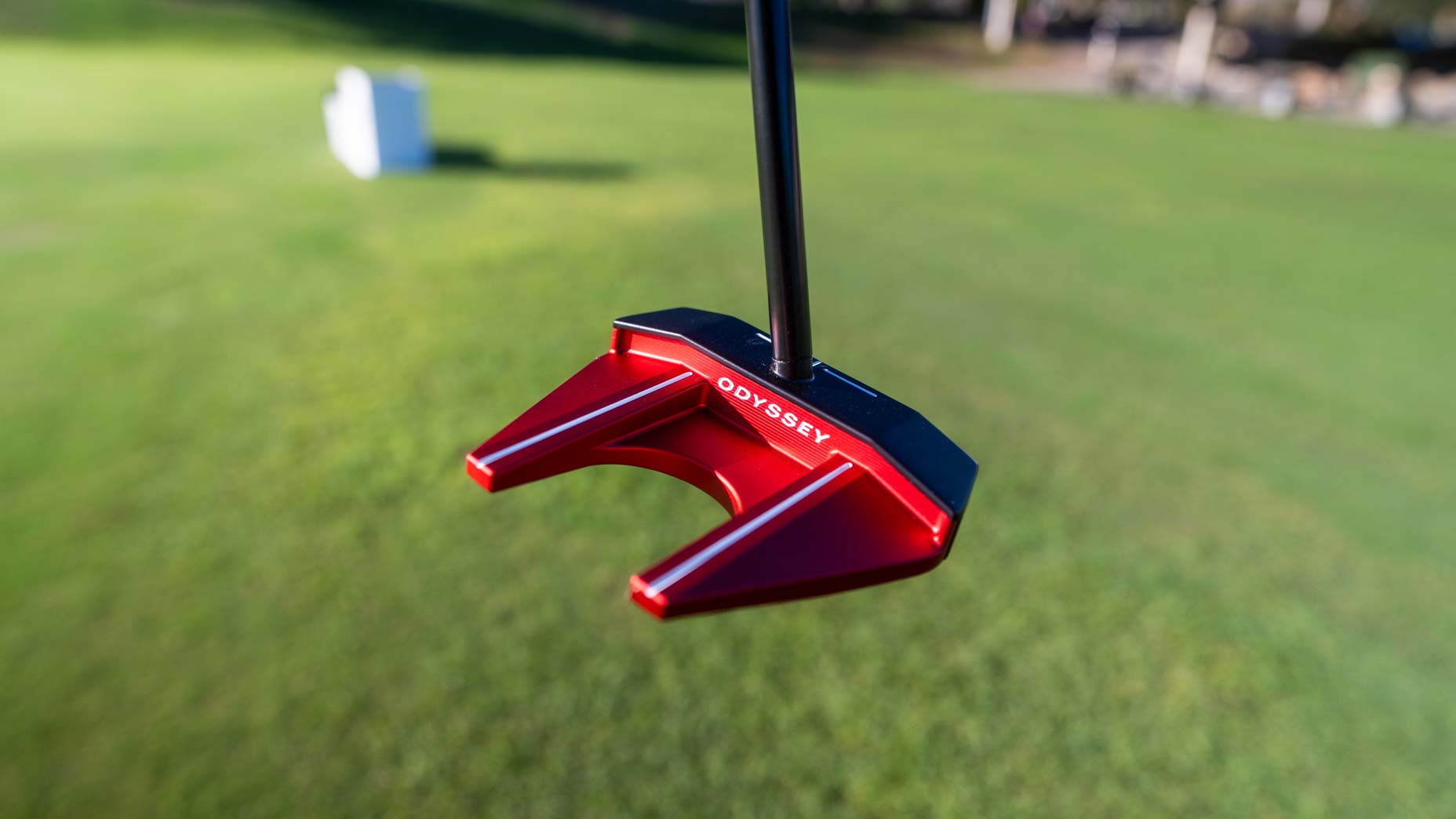Like with fashion, design, and even haircuts (who knew mullets would ever make a comeback?), so many things in our lives run in cycles of popularity, and in the golf world, one club style making a steady comeback on the PGA Tour is center-shafted putters.
If we look at the winners so far this year on the two of the four — including last week’s Matthieu Pavon — have won using a center-shafted putter. What also makes Matthieu’s putter interesting is that he is one of two players on Tour using a 10-year-old center-shafted PING Scottsdale TR model, with the other being Mackenzie Hughes.
Now although Grayson Murray’s LAB putter isn’t a true face-balanced design, I would still group it into the center-shafted category based on its look from address, for the same reason I would consider other LAB Golf putters like the Mezz.1 Max or the new DF3 center-shaft based on looks and not face-balanced type.

The growing trend
This week at Pebble Beach, almost every putter company present on the practice green had at least one model or variation of a center shafted option for players to test.

If we contrast this with only a few years ago, finding a center-shafted putter on the green at a PGA Tour event that wasn’t already in a player’s bag would have required some digging, but as mentioned before, trends are cyclical and it sure seems like more manufacturers are making an effort to expand their option to Tour players and to retail golfers as well.
Why center-shafted?
In most cases, center-shafted putters are face-balanced, meaning that when held by just the shaft, the face points directly up to the sky. The center balance of mass is located directly behind the shaft. For golfers who try not to arc the putter too much during their stroke, this type of putter can help get the ball started online better and more consistently.
Another factor is geometry and aiming, because to create a center-shafted putter that is also face-balanced the putter has to be symmetrical from heel to toe, and for golfers that like to use the leading edge or the outside geometry of the putter to aim, a center-shafted putter makes that a lot easier.
So if you are a golfer who’s potentially struggling to align properly on the greens or have a reduced arc putting stroke and looking to improve your consistency, a center-shafted putter could be your ticket to fewer putts and lower scores too.
Want to overhaul your bag for 2024? Find a fitting location near you at True Spec Golf.
